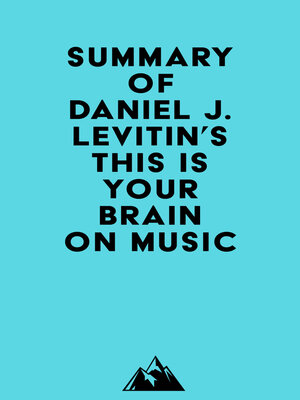
Sign up to save your library
With an OverDrive account, you can save your favorite libraries for at-a-glance information about availability. Find out more about OverDrive accounts.
Find this title in Libby, the library reading app by OverDrive.



Search for a digital library with this title
Title found at these libraries:
| Loading... |
Please note: This is a companion version & not the original book. Sample Book Insights: #1 Music is a vast genre that can be defined as organized sound. It can be traditional, like the great masters, or it can be avant-garde, like Francis Dhomont, Robert Normandeau, or Pierre Schaeffer. #2 The muscial terms I'll be using are pitch, rhythm, tempo, and contour. Pitch is a purely psychological construct related to the actual frequency of a particular tone and to its relative position in the musical scale. Rhythm is the durations of a series of notes, and the way they group together into units. #3 The five attributes of music are pitch, loudness, timbre, reverberation, and melody. These attributes are separable, and can be changed without altering the others. When these basic elements combine and form relationships with one another in a meaningful way, they create higher-order concepts such as meter, key, and melody. #4 The idea of primitive elements combining to create art, and of the importance of relationships between elements, exists in visual art and dance as well. The most critical aspect of a work of art is not the objects themselves, but the space between objects.






